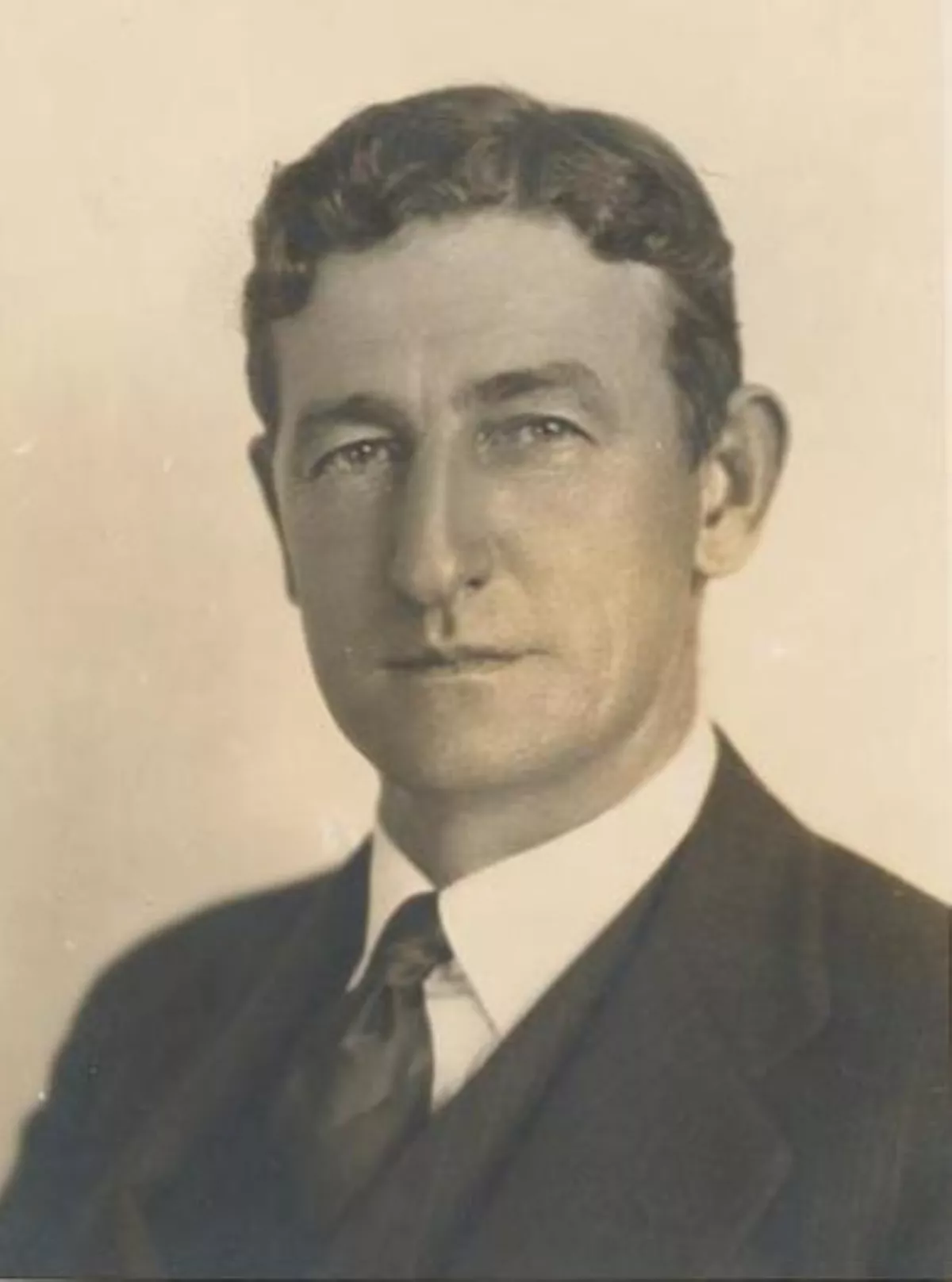 1.
1. Charles Lydiard Aubrey Abbott was an Australian politician and public servant.

 1.
1. Charles Lydiard Aubrey Abbott was an Australian politician and public servant.
Aubrey Abbott served as administrator of the Northern Territory from 1937 to 1946, a period encompassing the bombing of Darwin and other Japanese air raids on the territory during World War II.
Aubrey Abbott was a member of the House of Representatives from 1925 to 1929 and 1931 to 1937, representing the seat of Gwydir.
Aubrey Abbott was the son of Marion and Thomas Kingsmill Abbott.
Aubrey Abbott's father was a magistrate and his uncles William and Joseph Palmer Abbott had served in the New South Wales Legislative Assembly, while his cousins Joe Abbott and Mac Abbott later entered federal parliament.
Aubrey Abbott joined the New South Wales Police Force where he worked as a confidential clerk at the police headquarters in Sydney.
Aubrey Abbott returned to World War I in 1917, and took part in the Egyptian Expeditionary Force advance to Damascus.
Aubrey Abbott was wounded in 1918, and promoted to captain.
On his return to Australia Aubrey Abbott bought a "Murrulla", a grazing property near Tamworth, New South Wales, this purchase was financed by his uncle William.
Aubrey Abbott became active in the Graziers' Association of New South Wales and the Northern New State League.
Aubrey Abbott made an unsuccessful attempt to enter the New South Wales Legislative Assembly in 1925 via the seat of Namoi, but defeated Lou Cunningham to win Gwydir for the Country Party at the federal elections of that year.
Aubrey Abbott rose quickly through parliament and became Minister for Home Affairs in 1928, but was defeated at the 1929 elections.
Aubrey Abbott was returned as the member for Gwydir in 1931 and remained in parliament until 1937, when he was appointed administrator of the Northern Territory; this made him Commissioner of Police for the NT.
Aubrey Abbott was instrumental in removing Cecil Cook as chief protector of Aborigines in 1938 and, although he was on good terms with his Aboriginal staff, he was a paternalist who viewed Aboriginal people mostly as a resource.
Aubrey Abbott was almost killed in the Japanese bombing attack on Darwin on 19 February 1942, which damaged Government House, Darwin where he and Hilda were living.
Aubrey Abbott saved a flag that had been flying at Government House as he realised that this would have been the first Australian flag damaged on Australian soil by enemy action.
Aubrey Abbott arranged for it to be presented at the newly opened Australian War Memorial.
Aubrey Abbott was denied counsel in this inquiry and felt that many were bias against him.
Aubrey Abbott assisted in the evacuation of civil administration to The Residency in Alice Springs.
In 1943, Aubrey Abbott wrote to Joseph Carrodus, secretary of the Department of the Interior, proposing that the federal government use compulsory acquisition to destroy Darwin's Chinatown and thereby reduce the territory's Chinese population.
Aubrey Abbott referred to "the elimination of undesirable elements which Darwin has suffered from far too much in the past" and stated that he hoped to "entirely prevent the Chinese quarter forming again".
Aubrey Abbott further observed that "if land is acquired from the former Chinese residents there is really no need for them to return as they have no other assets".
Aubrey Abbott sought budget allocation for the construction of 22 homes and the money was eventually made available with the houses being completed after the war; these became known as The Gap Cottages.
Aubrey Abbott did not return to Darwin, or Government House, until July 1945 and, on 26 May 1946, he left the NT on sick leave and was suspended the next day.
Aubrey Abbott died on 30 April 1975 at Darlinghurst, and was given a state funeral.
Aubrey Abbott was the last surviving member of Stanley Bruce's Cabinet.